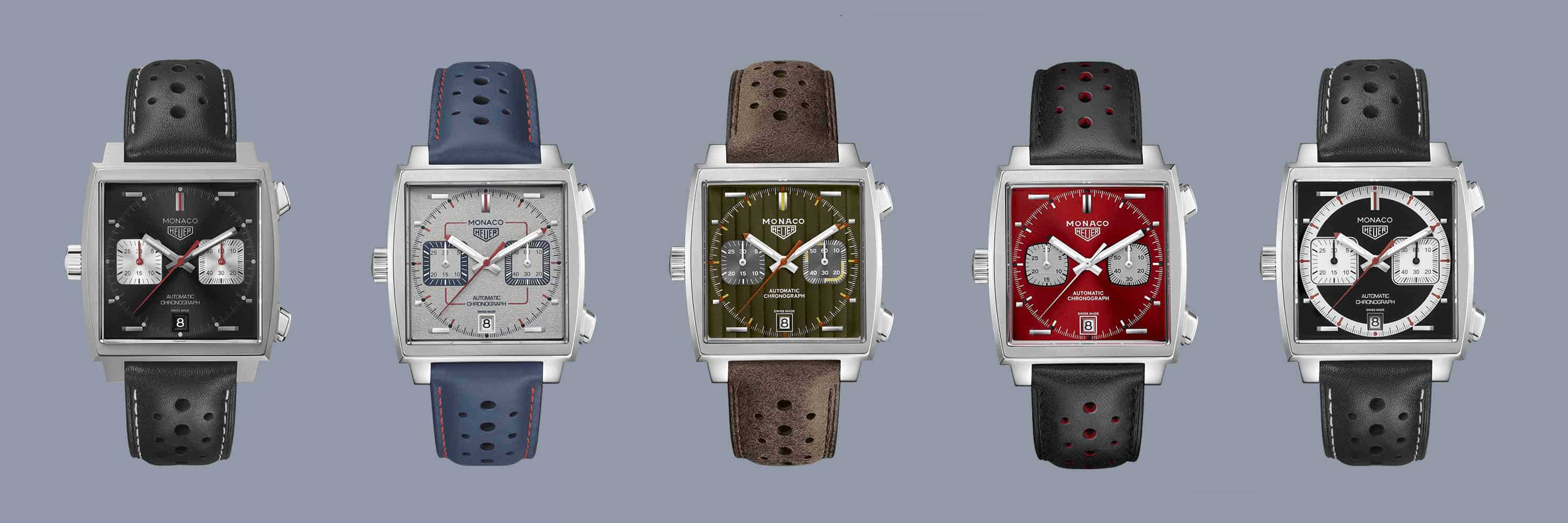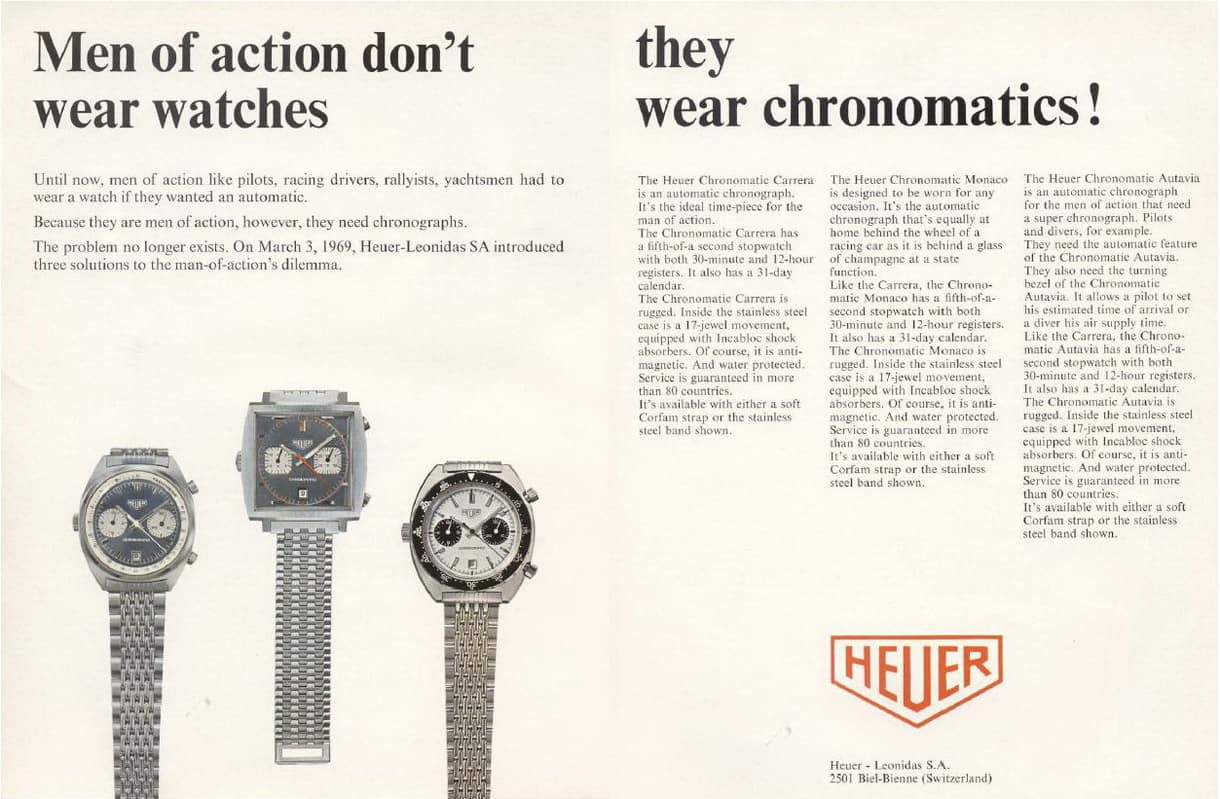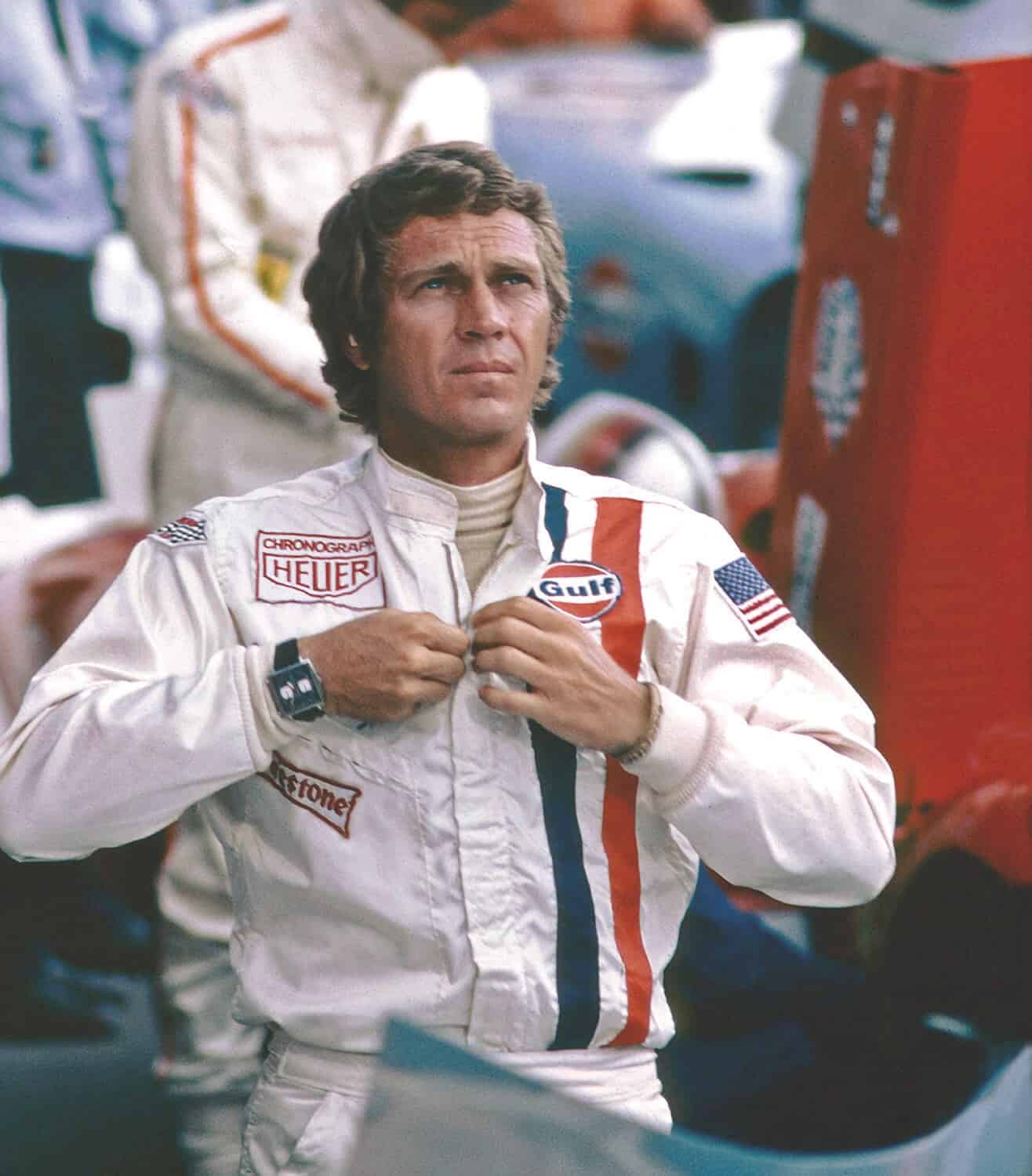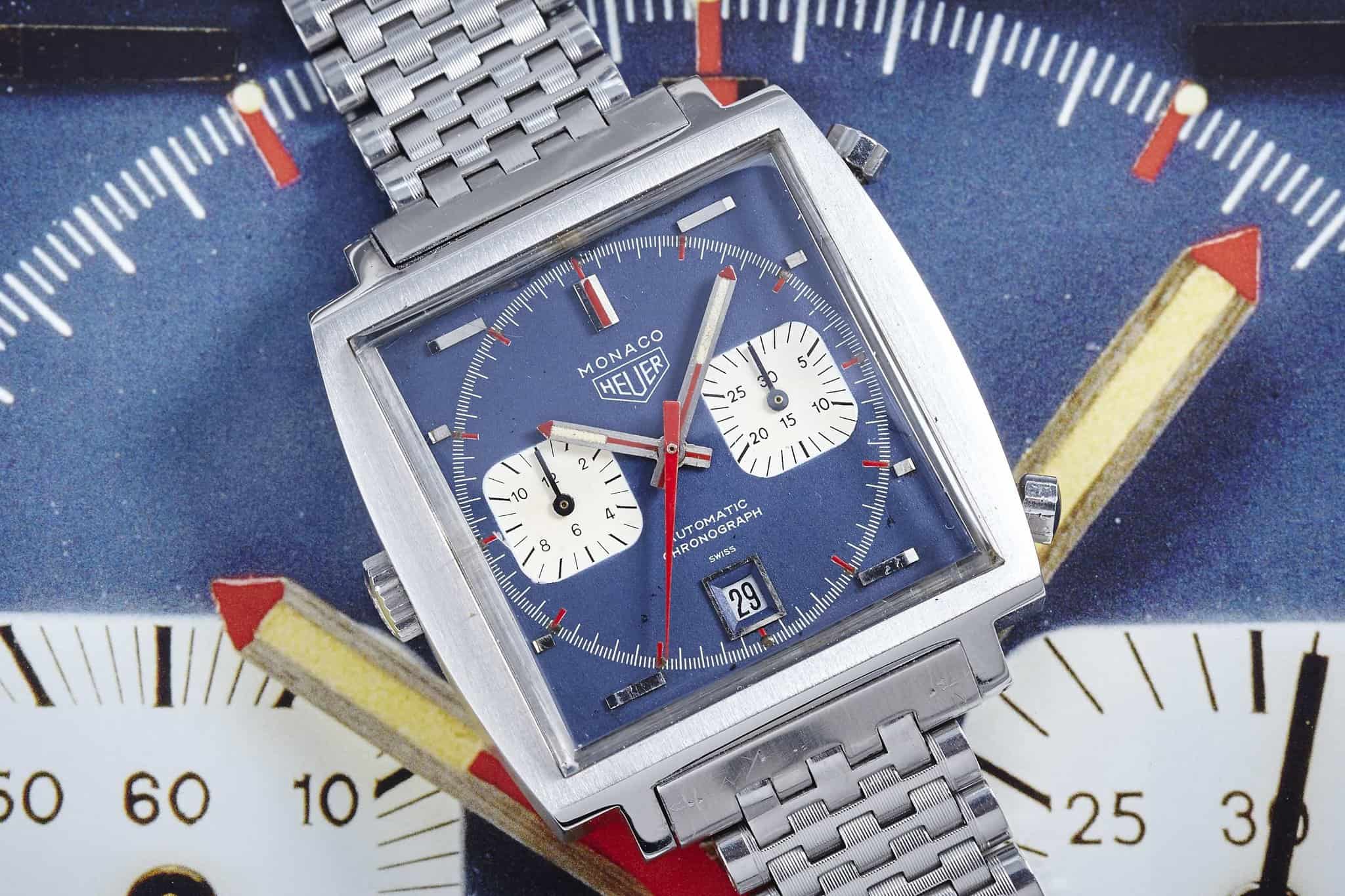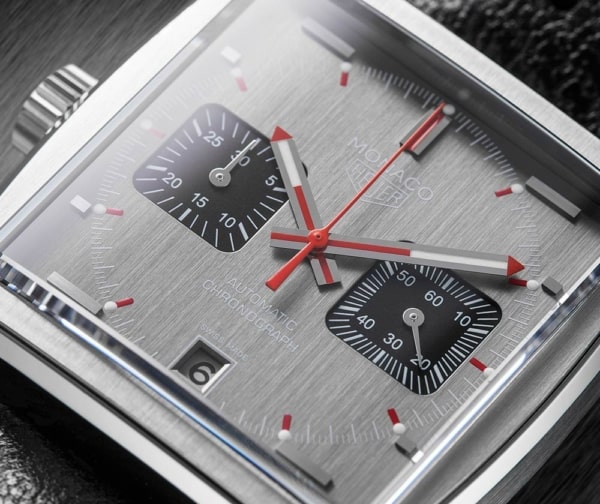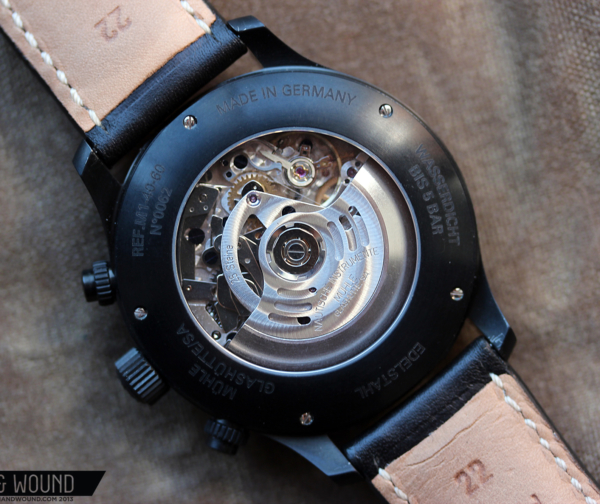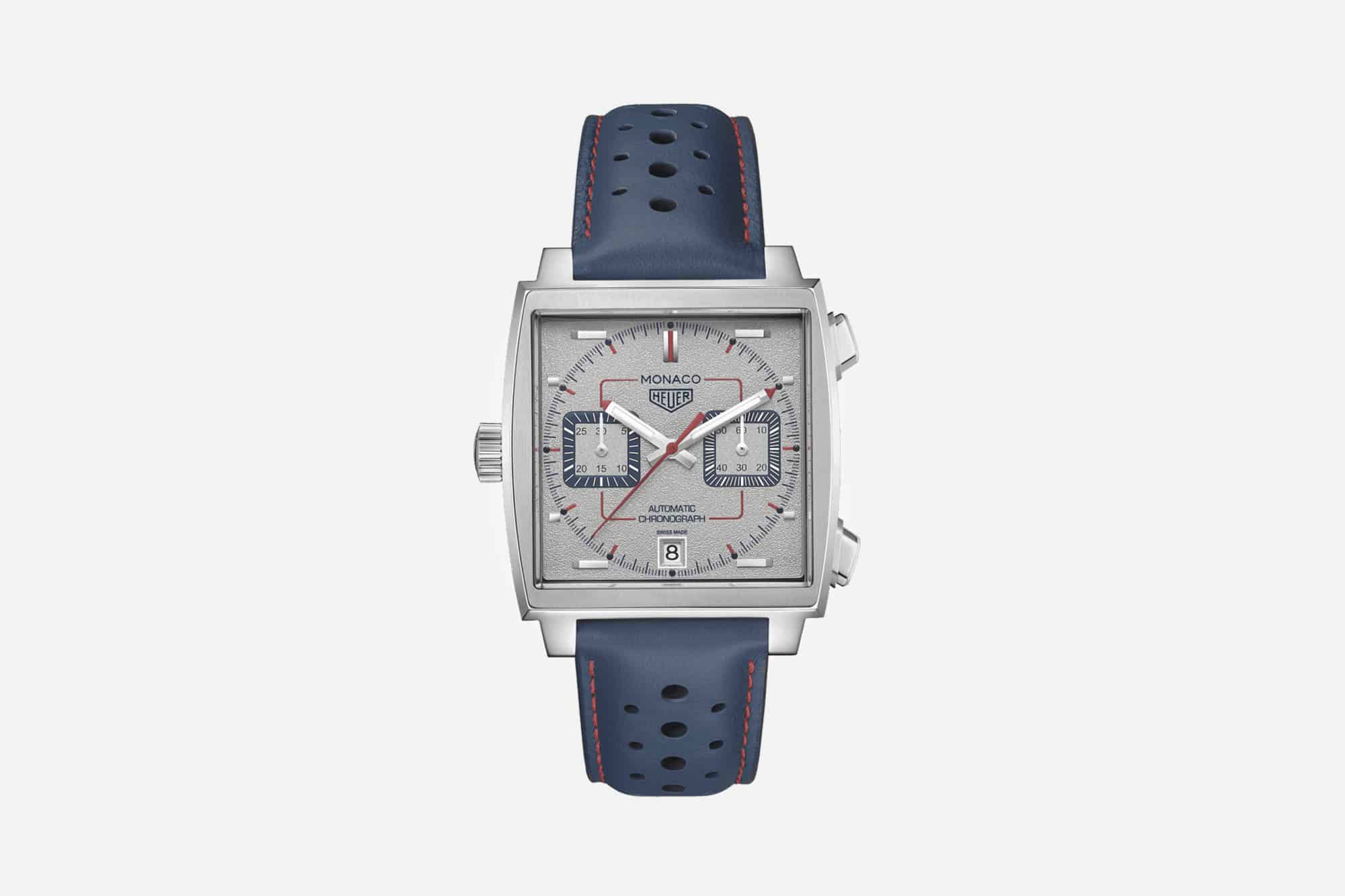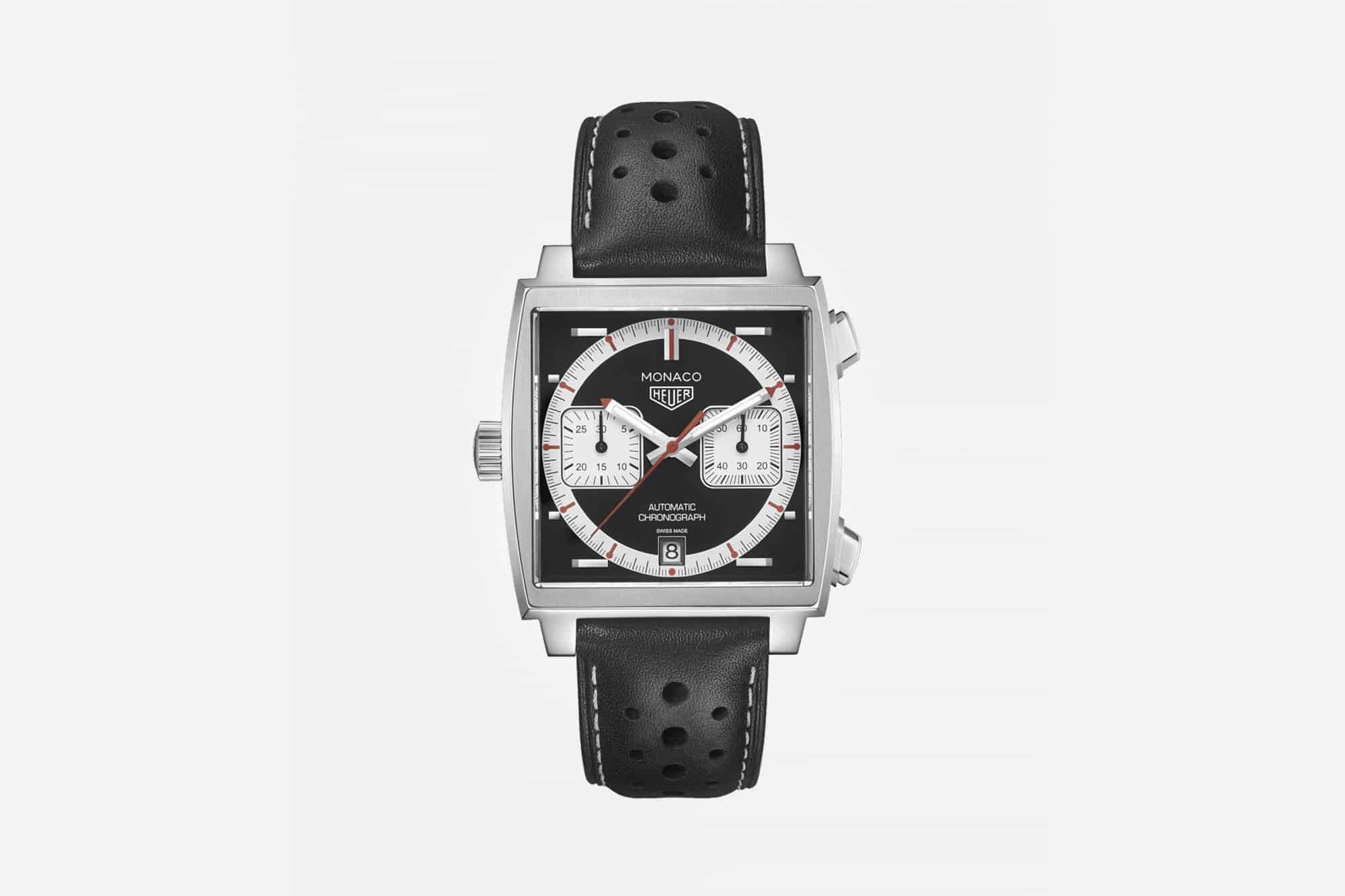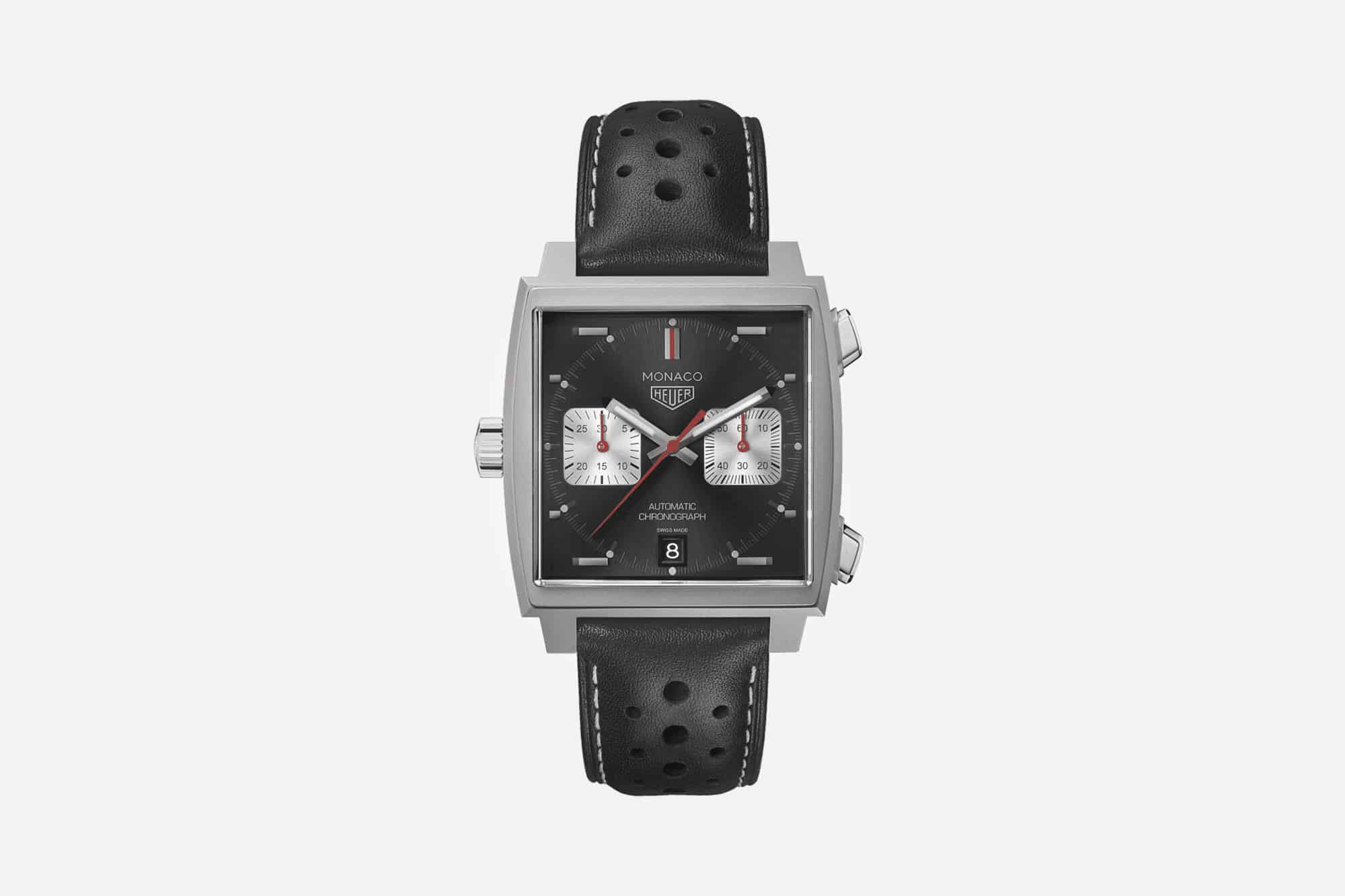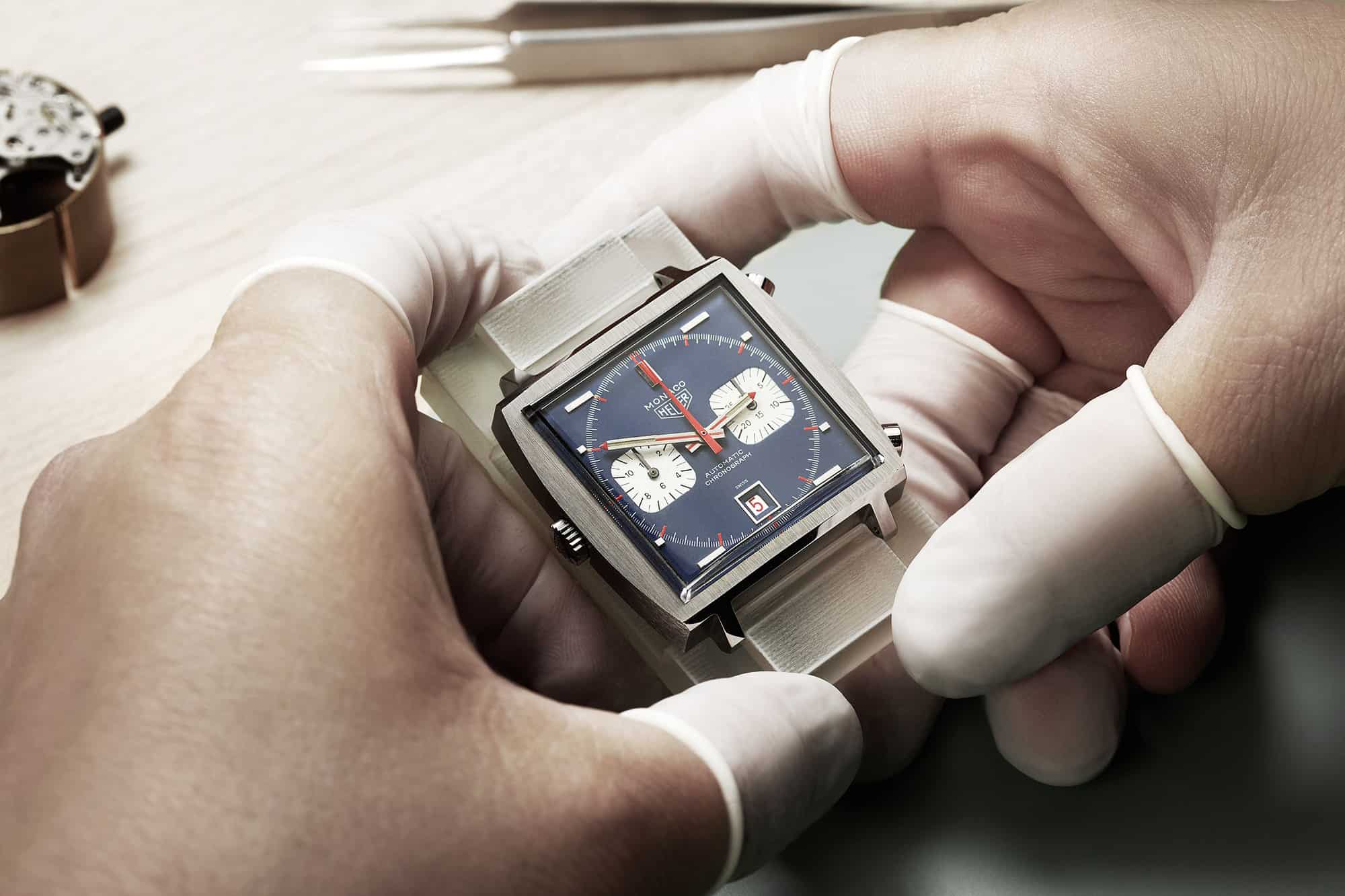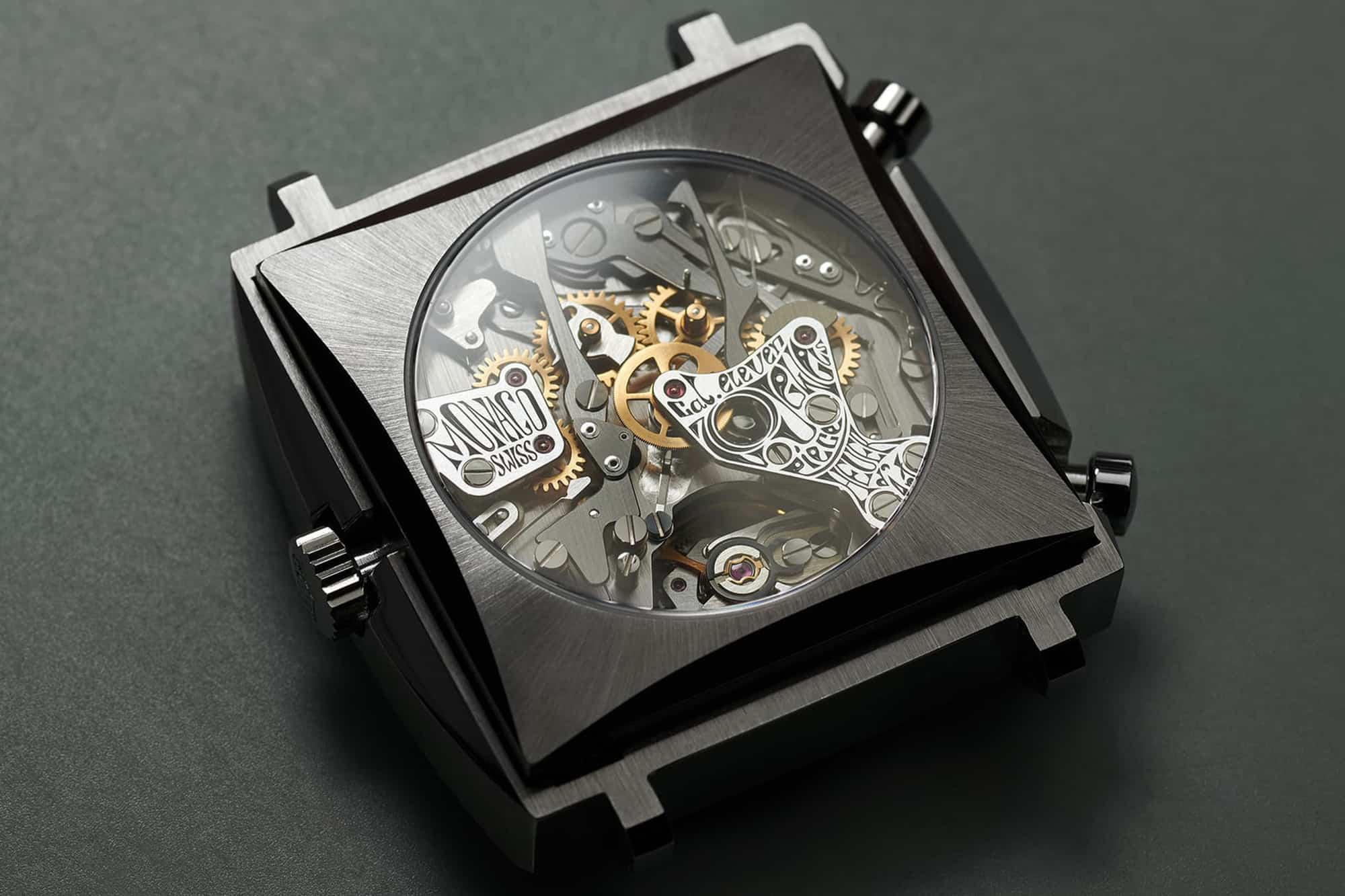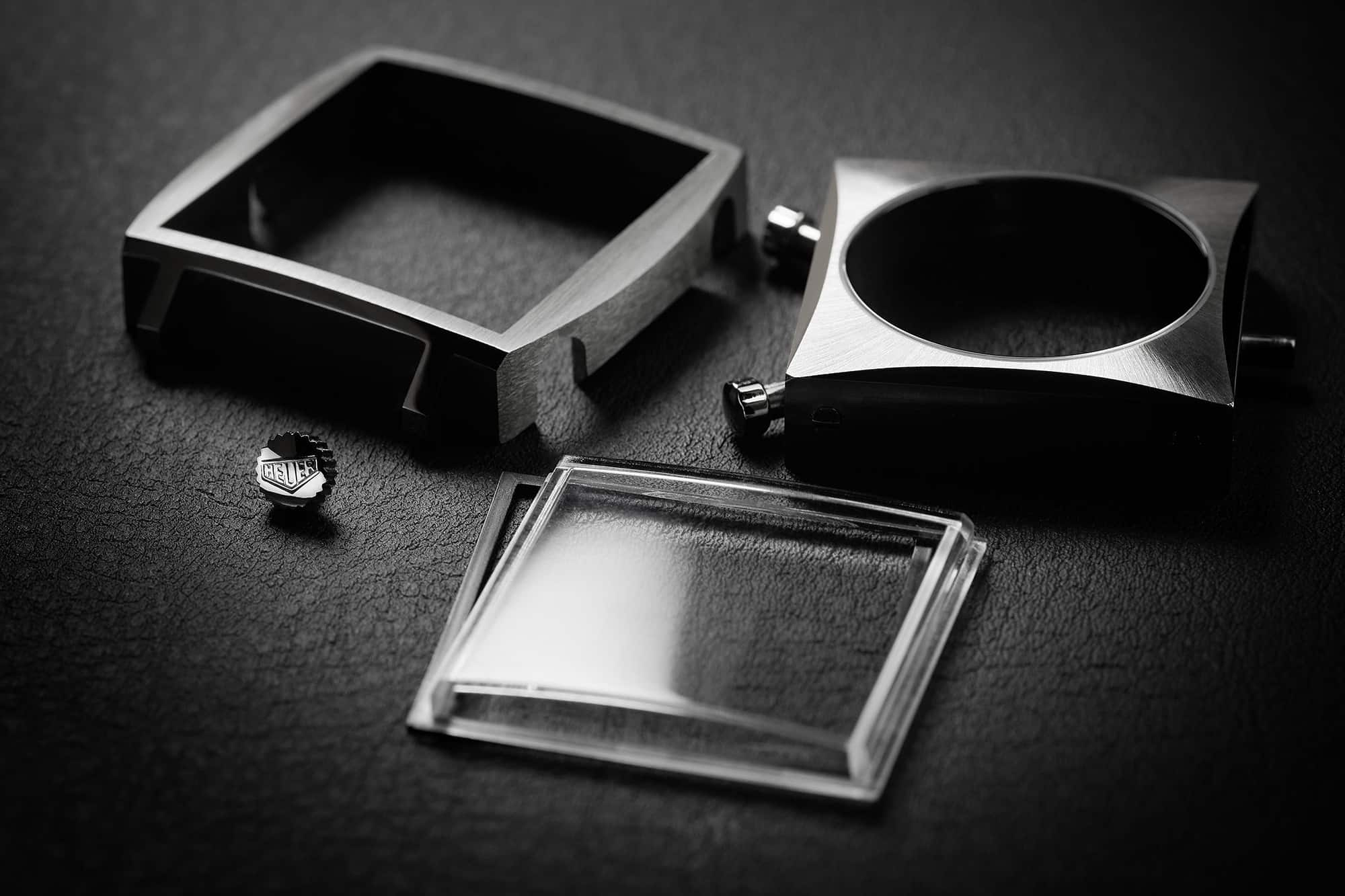There is perhaps no other complication as popular as the chronograph, appealing to both seasoned enthusiasts and casual consumers alike. And “Chronography” is our ongoing series covering the wonderful world of chronographs, from the movements themselves to the iconic watches they powered throughout the years. Be sure to check out past installments here. Today, we’re taking a deep dive into the Heuer Monaco, its 5-decade history, and last year’s LEs that honor one of the most iconic racing automotive chronos ever made.
My name is Mark and I am a nailed-on Heuerholic. As I write this there an Autavia Viceroy on my wrist, but only because my Lemania 510.501 is in for service. As a vintage motorsport addict, I wanted a Heuer as soon as I knew that was what Jochen Rindt wore. Fortunately, as Worn & Wound’s resident old giffer, I was able to pick up old Heuers before anyone thought they had any value. Back in the 1980s and even the 1990s, there weren’t many collectors interested in an old watchmaker that had been absorbed by TAG. And though I spent hours scouring the cabinets and catalogs, I never managed to snag a Monaco.
Writing about the one that got away is tough.
The Monaco is a watch with proper pedigree; there’s an almost straight lineage from the very late 1960s to the present day. But a lot has changed in those 51 years.










 Featured Videos
Featured Videos




